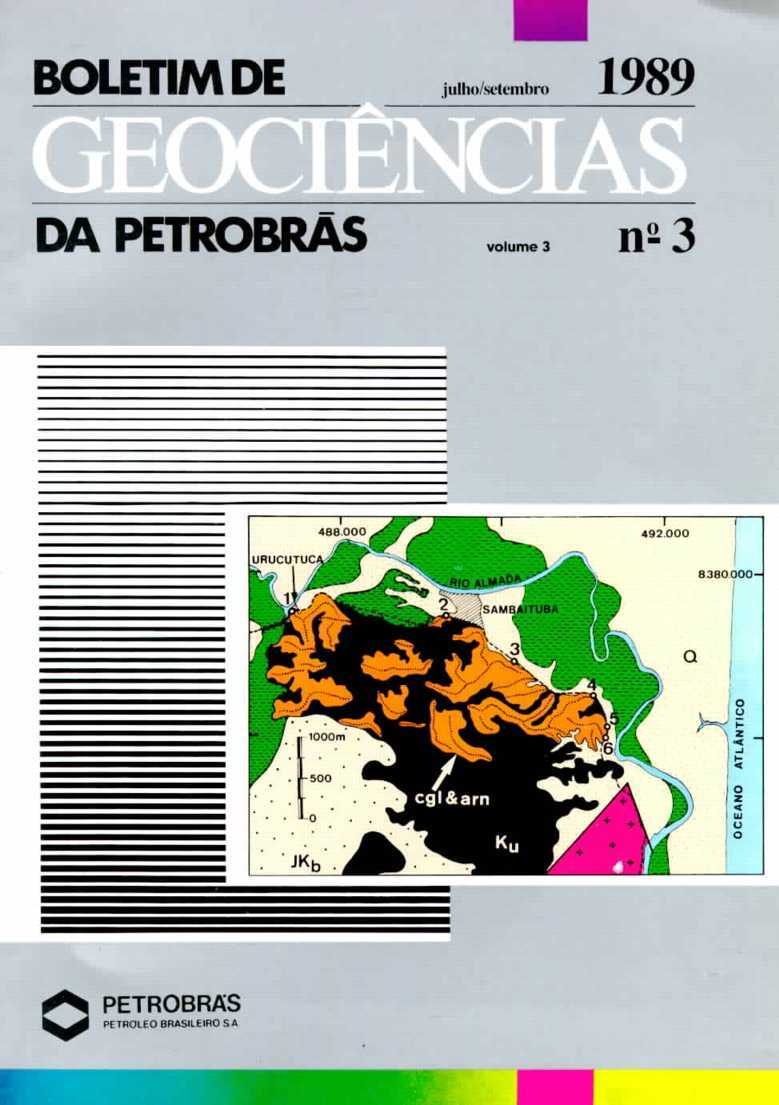Geothermal gradient map of brazilian sedimentary basins
Abstract
Geothermal gradient studies have been conducted in 21 Brazilian sedimentarv basins applying temperature data obtained from oil well logging and drill stem tests. ln onlv three basins (the Middle Amazonas, Barreirinhas, and Parnaíba) have these investigations focuse d on hydrodynamic behavior and heat transport in addition to routine geothermal gradient maps. Geothermal gradients are extremely variable in Brazilian Paleozoic basins, and values are usually low (under 25 ºC/km),especiallv ín regions where heat transport is greatly ínfluenced by hydrodynamic movements. ln these basins, outcropping formations and faults serve as conduits for meteoric waters percolating downdip, influencing temperature intensity as a function of the depth reached by the descending fluids. The Middle Amazonas Basin is an example of such a system. ln the Mesozoic/Cenozoic basins located along the Brazilian continental margin, geothermal gradients predominantly reffect the influence of the sedimentary sequence's thermal conductivity values. ln these basins, the hydrodynamic process is essentially restricted to fluid movement caused by compaction and thermobaric action. Basins with thick sequences of carbonates, evaporites, or both (e. g., Amapá, Pará-Maranhão, Campos, and Santos) are characterized by low geothermal gradient values, usually not exceeding 23 ºC/km. On the other hand, basins displaying stratigraphic units rich in fine clastics present geothermal gradients with values reaching as high as 35 ºC/km. These basins normally also have a less compacted sedimentary sequence that hinders heat flow transmission, thus producing higher geothermal gradients than Paleozoic basins; mean gradient values always exceed 30 ºC/km.
Downloads
Published
Issue
Section
License
This license enables reusers to distribute, remix, adapt, and build upon the material in any medium or format, so long as attribution is given to the creator. The license allows for commercial use.



